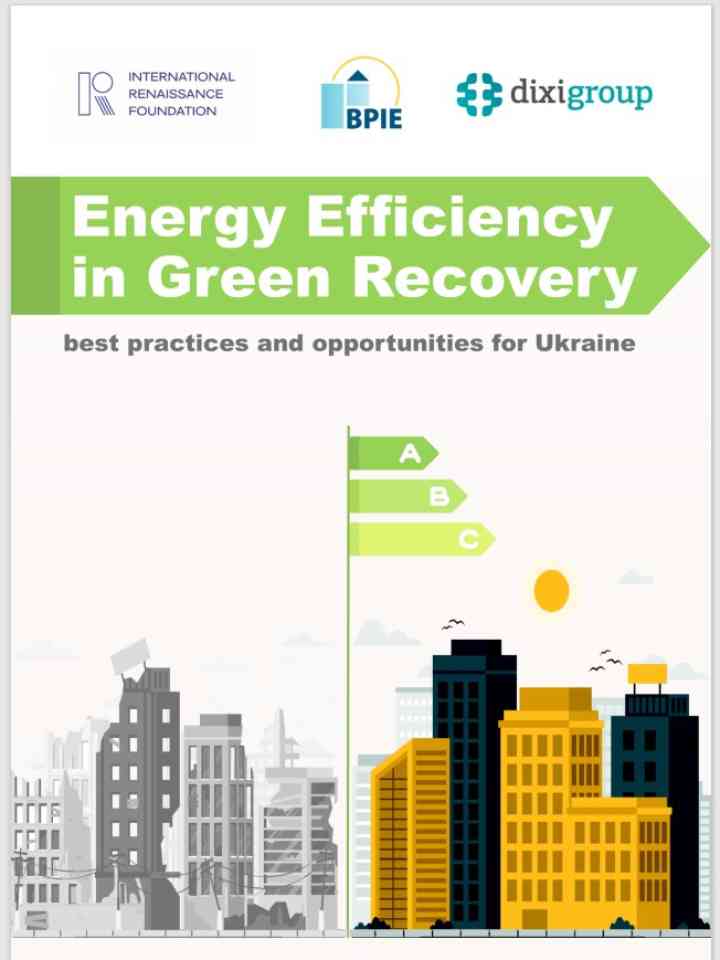Energy efficiency in green recovery – Best practices and opportunities for Ukraine
Ukraine has suffered tremendously over the course of Russian invasion: over 499,056 residential units are estimated to be completely destroyed, 787,799 units have suffered moderate damage and 285,257 have minor damage; 2,772 educational institutions were partially damaged and 454 were completely destroyed, both cases amounting to 10 percent of the total education institutions affected across all levels of education; 1,574 of public health facilities incurred damage or destruction amounting to 15.6 percent of total public health facilities (second Ukraine Rapid Damage and Needs Assessment, as of February 24, 2023).
To address this enormous damage in a prudent manner, the Ukrainian government, other international partners and NGOs actively discuss and develop how to ensure comprehensive reconstruction. One of the principles of reconstruction is to build back better in a green and sustainable manner. However, there is still a substantial need to establish specific measures and actions to ensure that sustainability is taken into account, especially for the reconstruction of the building stock.
One effective way to do it can be the establishment of energy efficiency eligibility criteria for funding streams and other reconstruction initiatives. This can present a significant step forward in the progress of the thermal modernization of Ukrainian building stock and other broad long-term benefits, such as reduction of overall energy consumption and alignment with European standards.
Explore further
